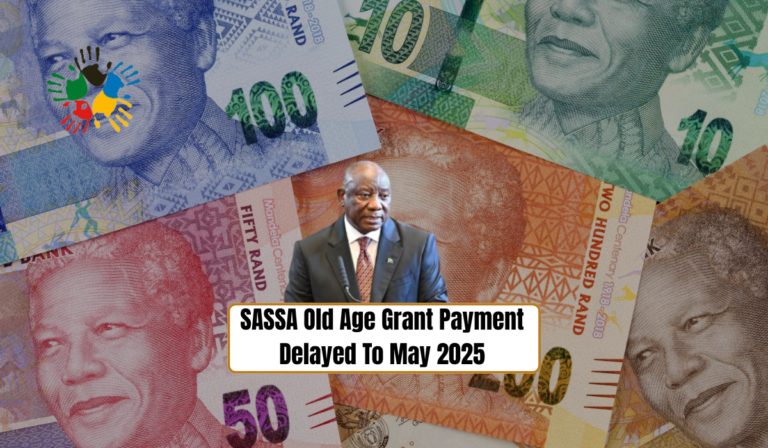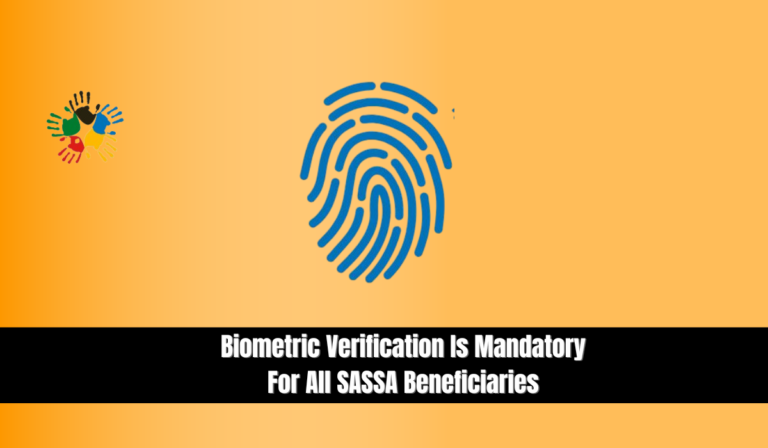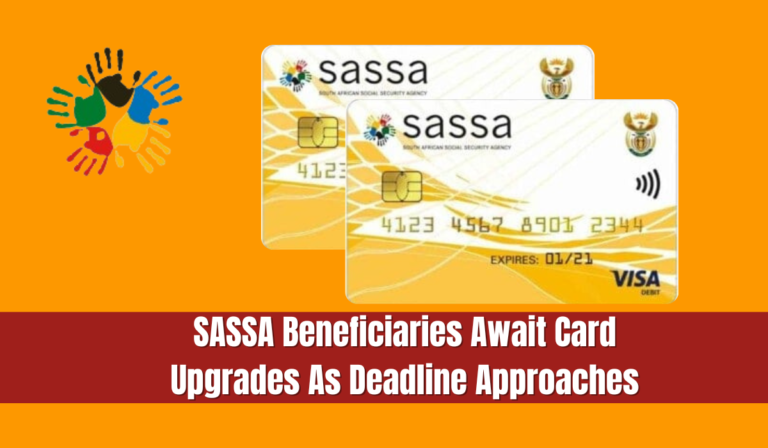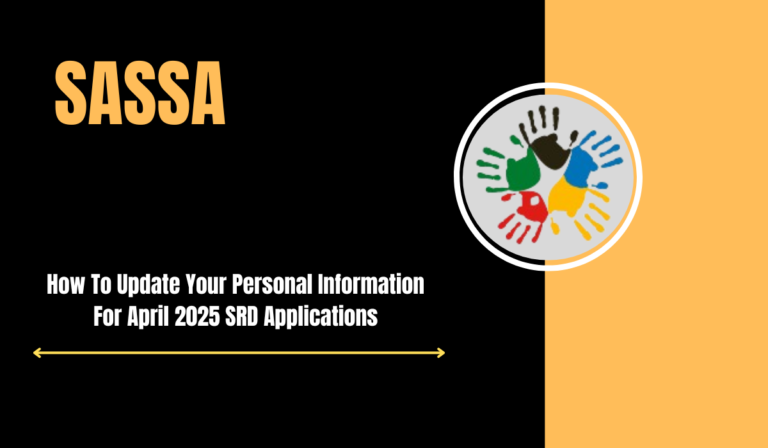DSD Explains Why Raising SASSA Pensions To R5000 Is Not Possible
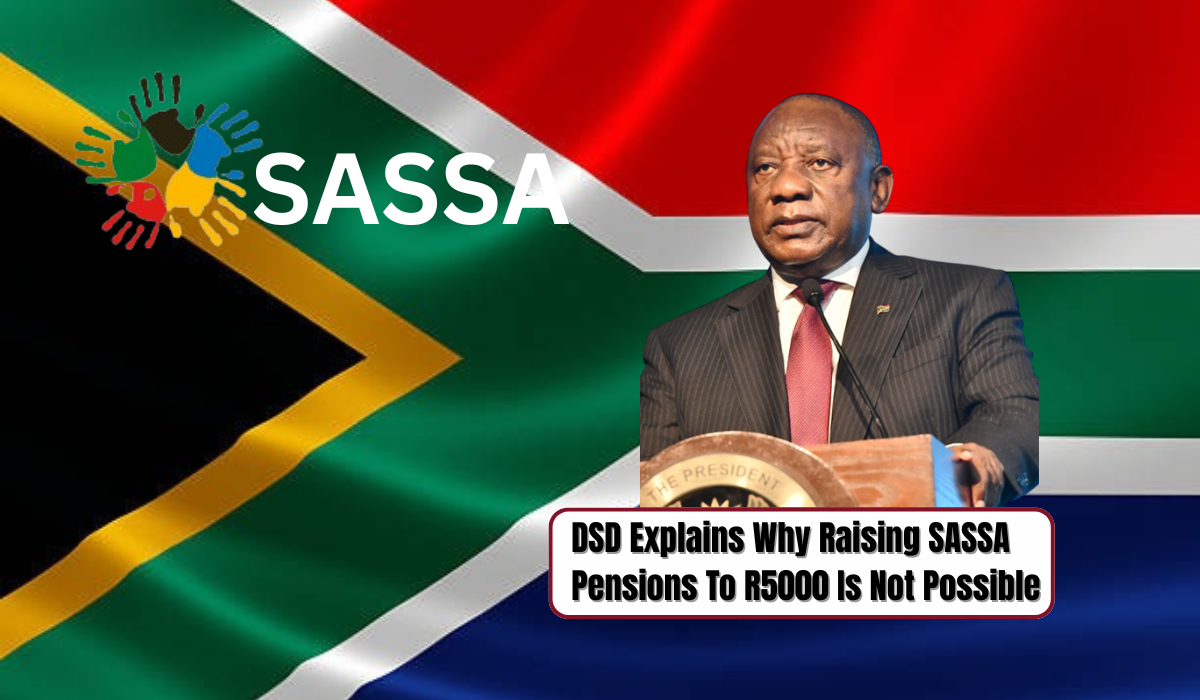
DSD Explains Why Raising SASSA Pensions To R5000 Is Not Possible. South Africa ageing population continues to rely heavily on state support to survive. In 2024, a bold proposal to raise the SASSA pensions to R5,000 was introduced by United South Africa (USA) party leader Riyad Isaacs. This proposal sparked hope among many struggling senior citizens but it also triggered financial alarms within the Department of Social Development (DSD).
While the intentions behind the R5,000 pension proposal were noble, the DSD has since issued a detailed explanation outlining why such a drastic increase in the Older Persons Grant is currently not financially viable.
The Origin of the R5,000 Pension Petition
Riyad Isaacs, acting on behalf of more than 50,000 pensioners in the Western Cape, submitted a formal petition to the Minister of Social Development. The petition called for an increase in the Older Persons Grant to R5,000 per month, arguing that elderly citizens are suffering due to rising costs of living, inadequate shelter, and a lack of basic necessities.
Isaacs’ plea was also directed toward Finance Minister Enoch Godongwana in an open letter. He highlighted the brutal reality for many pensioners who must choose between food and rent, often supporting entire households with just one grant.
DSD Official Response
After reviewing the proposal, the DSD acknowledged the seriousness of the issues faced by South Africa elderly population. However, it firmly stated that increasing the monthly SASSA pension to R5,000 for all elderly recipients would strain the national budget beyond feasibility.
Current Social Grant Budget and Pension Distribution
South Africa has approximately 19 million social grant recipients, including child support, disability, and older persons grants. The social grants budget for the 2025/26 financial year stands at R284.7 billion. Among these recipients, 4.1 million are elderly individuals receiving the Older Persons Grant.
Here’s a breakdown of the current grant value:
| Age Group | Monthly Grant (as of April 2025) | Monthly Grant (as of October 2025) |
|---|---|---|
| 60 to 74 years | R2,315 | R2,320 |
| 75 years and older | R2,330 | R2,340 |
If each of the 4.1 million elderly beneficiaries were to receive R5,000 monthly, the government would have to allocate R246 billion annually—a staggering amount that nearly consumes the entire 2025/26 grants budget.
The Real Value of the Older Persons Grant Over Time
Contrary to criticism, the DSD highlighted that the Older Persons Grant has been increasing steadily over the years. In 2014, the grant stood at R1,350, and by April 2025, it had climbed to R2,310, with another planned increment scheduled for October 2025.
This growth, though below inflation at times, still places the grant above the Food Poverty Line, Lower Bound Poverty Line, and Upper Bound Poverty Line, making it one of the few state-funded supports to consistently outpace extreme poverty thresholds.
Historical Growth of the Older Persons Grant (2014–2025)
| Year | Monthly Grant |
|---|---|
| 2014 | R1,350 |
| 2018 | R1,695 |
| 2022 | R1,980 |
| 2023 | R2,090 |
| 2024 | R2,255 |
| 2025 | R2,310 – R2,340 |
This upward trend suggests that the DSD has made genuine efforts to adjust the pension grant within budgetary limitations and in line with economic realities.
Balancing Fiscal Responsibility with Social Obligations
The DSD emphasizes that the South African government operates under a developmental social welfare model. This means that support for vulnerable citizens goes beyond mere cash transfers. In addition to financial assistance, the state provides subsidised services such as:
- Housing and shelter
- Water and sanitation
- Electricity for low-income households
- Free or affordable primary healthcare
- Transport subsidies and community-based support programs
These additional services are designed to complement the monthly Older Persons Grant, improving the overall quality of life for elderly citizens.
DSD Reaffirms Commitment to Senior Welfare
Despite rejecting the R5,000 pension increase, the Department of Social Development reiterated its commitment to improving the welfare of elderly South Africans. It plans to:
- Continue annual adjustments to the Older Persons Grant in line with inflation and national economic performance.
- Expand access to subsidised health services and community-based care for older citizens.
- Improve the grant payment system through digital banking platforms and mobile pay-points, ensuring timely and secure disbursements.
The department also encouraged ongoing dialogue between government stakeholders, civil society, and financial institutions to explore innovative solutions for improving pensioners’ living standards without compromising the state’s financial stability.
Conclusion
The SASSA pensions debate underscores the complex balance between compassion and capacity. While the R5,000 pension proposal reflects a deep understanding of pensioners’ struggles, it also exposes the hard truth about South Africa’s fiscal limitations.

